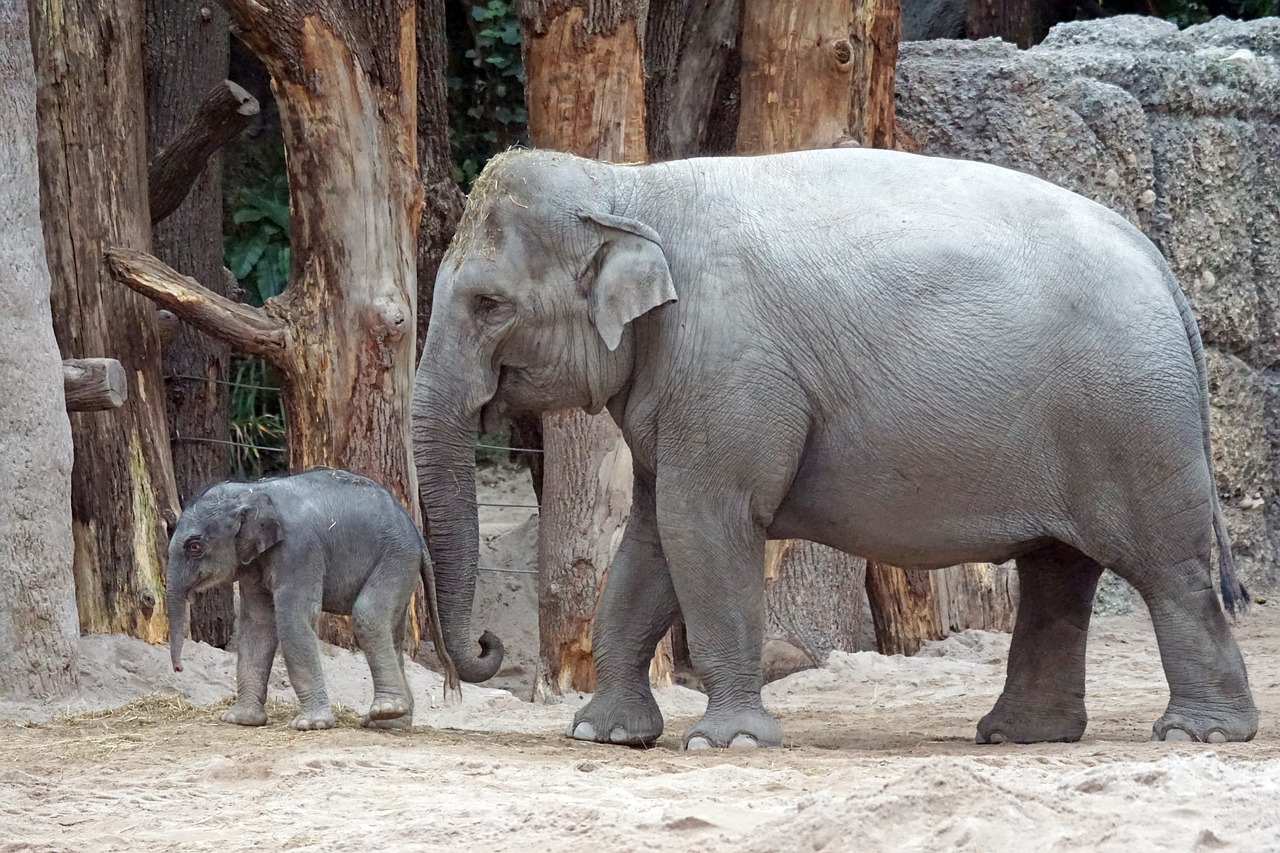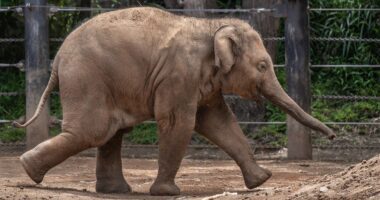By 1808Delaware
The Columbus Zoo and Aquarium recently unveiled an exciting expansion for its Asian elephants, marking a new chapter in their care and conservation efforts. On November 6, the zoo officially opened the South Yard, adding 17,730 square feet to the elephants’ habitat. This new space reflects the zoo’s commitment to providing enriched and spacious environments for its growing elephant family.
Exploring the South Yard Features
The South Yard is packed with enhancements designed to mimic the elephants’ natural behaviors while maximizing their comfort and engagement. Among the upgrades are:
- A new training panel: Situated in the guest tour area, offering visitors a glimpse into how keepers interact with the elephants.
- A modified pool: Perfect for cooling off and playful splashes.
- Enrichment panels: To encourage mental stimulation and physical activity.
- Hay nets: A feeding feature seen throughout the habitat, encouraging natural foraging behaviors.
- Automatic Stable Grazer feeders: Ensuring consistent access to food in a natural, stress-free manner.
- The Dining Table: A circular feeding station that allows multiple elephants to eat together, promoting social bonding.
The South Yard’s location might be familiar to zoo-goers, as it was previously home to Brian the rhino, who was recently relocated to another zoo as part of a Species Survival Plan (SSP) to support conservation efforts. Construction crews worked diligently to expand the space by an additional 3,600 square feet, setting the stage for a growing elephant herd—including two new babies expected in the near future!
Meet the Asian Elephant: Majestic and Endangered
The Asian elephant (Elephas maximus) is an endangered species, with populations continuing to dwindle in the wild due to habitat loss, poaching, and human conflict. This expansion is a significant step toward raising awareness and supporting their conservation.
Quick Facts About Asian Elephants:
- Size and Weight: Males can stand between 7 to 10 feet tall and weigh up to 13,000 pounds, while females are slightly smaller.
- Unique Features: Unlike African elephants, Asian elephants have smaller ears shaped like the subcontinent of India, rounded backs, and smoother skin. Only males develop prominent tusks.
- Habitat and Conservation: Native to South and Southeast Asia, these elephants play a vital role in their ecosystems but face significant threats in the wild.
A Growing Family and Enriched Habitat
The Columbus Zoo has always prioritized the health and well-being of its residents, and this latest expansion ensures that the elephants have ample room to roam, forage, and play. The larger habitat also prepares the zoo for its upcoming additions to the herd, as the arrival of two calves is eagerly anticipated.
Visitors can explore the South Yard and watch the elephants interact with their new environment, then continue their adventure through Asia Quest to meet the rest of the herd in the indoor building and North Yard. Each area showcases the zoo’s commitment to creating engaging, naturalistic habitats that allow these incredible animals to thrive.
Visit and Support the Elephants
The Columbus Zoo invites guests to experience the magic of its newly expanded elephant yard and learn more about Asian elephants and their conservation needs. Your visit supports vital programs that protect endangered species and their habitats. Plan your visit to the Columbus Zoo and trek through Asia Quest to connect with one of the world’s most magnificent creatures while witnessing the innovative strides being taken to secure their future.
Image by Marcel Langthim from Pixabay










